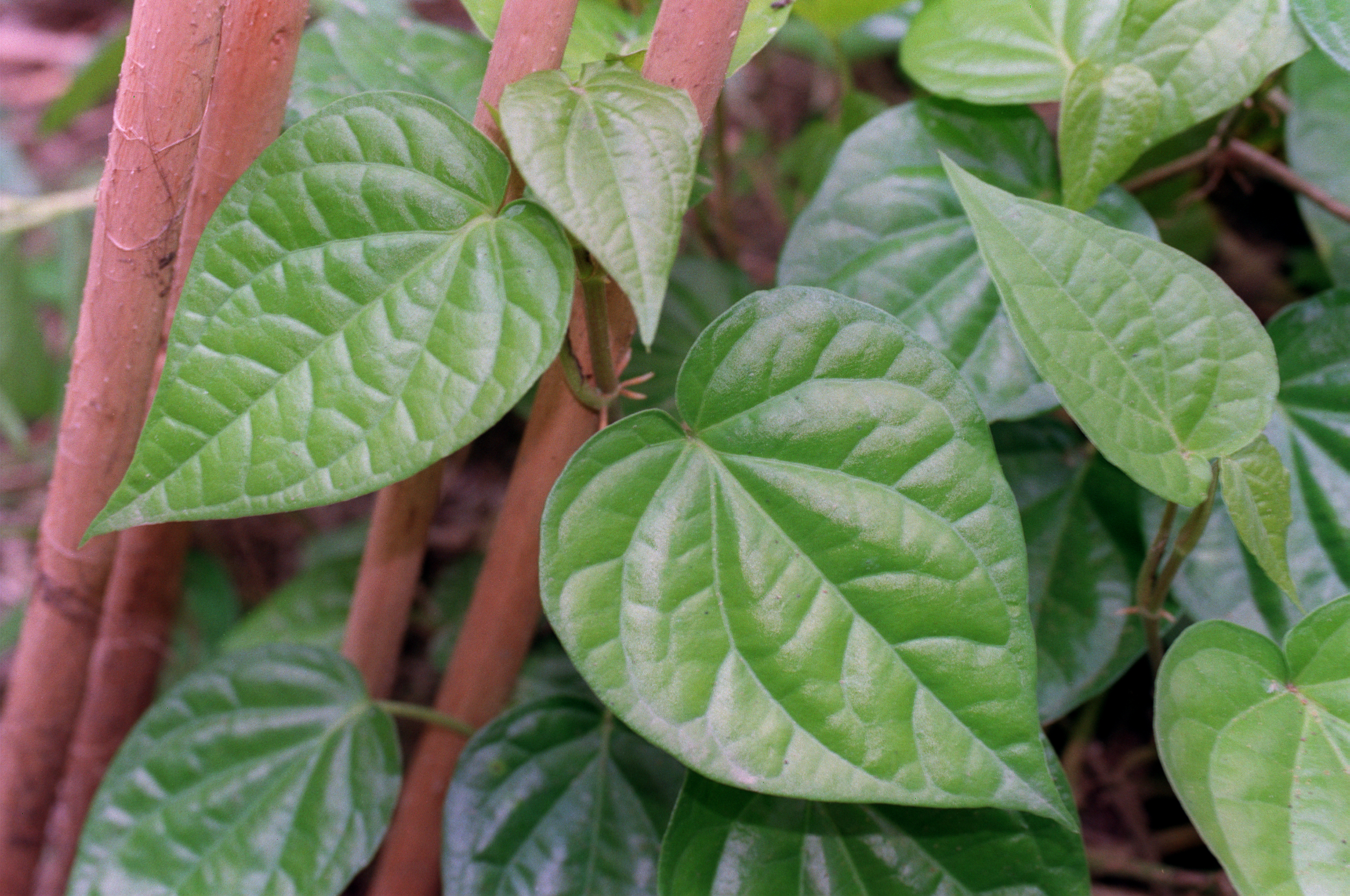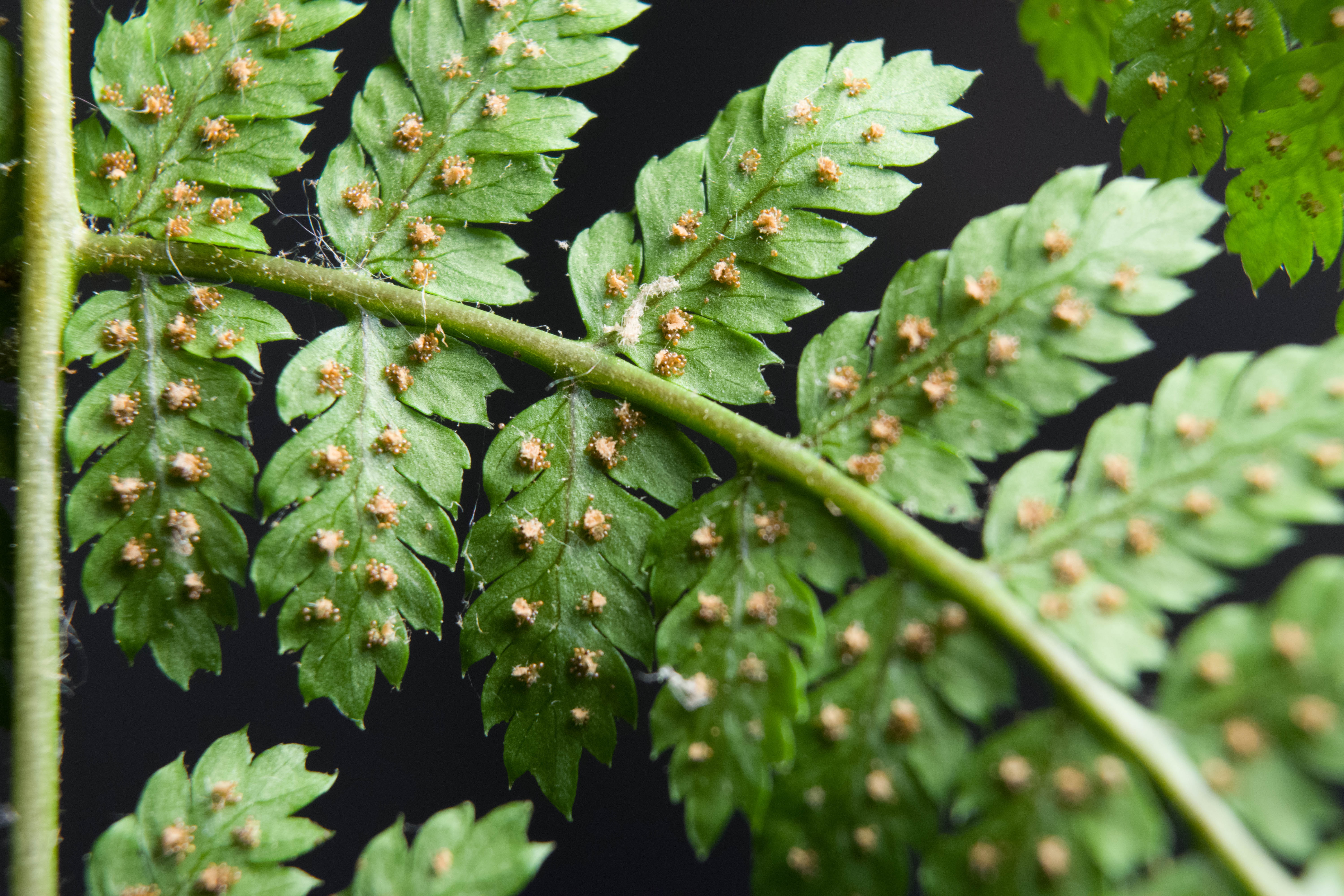|
Dryopteridoideae
The Dryopteridaceae are a family of leptosporangiate ferns in the order Polypodiales. They are known colloquially as the wood ferns. In the Pteridophyte Phylogeny Group classification of 2016 (PPG I), the family is placed in the suborder Polypodiineae. Alternatively, it may be treated as the subfamily Dryopteridoideae of a very broadly defined family Polypodiaceae '' sensu lato''. The family contains about 1700 species and has a cosmopolitan distribution. Species may be terrestrial, epipetric, hemiepiphytic, or epiphytic. Many are cultivated as ornamental plants. The largest genera are ''Elaphoglossum'' (600+), ''Polystichum'' (260), ''Dryopteris'' (225), and ''Ctenitis'' (150). These four genera contain about 70% of the species. Dryopteridaceae diverged from the other families in eupolypods I about 100 million years ago. Description The rhizomes are often stout, creeping, ascending, or erect, and sometimes scandent or climbing, with non clathrate scales ... [...More Info...] [...Related Items...] OR: [Wikipedia] [Google] [Baidu] |
Pteridophyte Phylogeny Group
The Pteridophyte Phylogeny Group, or PPG, is an informal international group of systematic botanists who collaborate to establish a consensus on the classification of pteridophytes (lycophytes and ferns) that reflects knowledge about plant relationships discovered through phylogenetic studies. In 2016, the group published a classification for extant pteridophytes, termed "PPG I". The paper had 94 authors (26 principal and 68 additional). PPG I A first classification, PPG I, was produced in 2016, covering only extant (living) pteridophytes. The classification was rank-based, using the ranks of class, subclass, order, suborder, family, subfamily and genus. Phylogeny The classification was based on a consensus phylogeny, shown below to the level of order. The very large order Polypodiales was divided into two suborders, as well as families not placed in a suborder: Classification to subfamily level To the level of subfamily, the PPG I classification is as follows. *Class Lycopo ... [...More Info...] [...Related Items...] OR: [Wikipedia] [Google] [Baidu] |
Polypodiineae
Polypodiineae is a suborder of ferns in the order Polypodiales. It is equivalent to the clade eupolypods I in earlier systems, and to the very broadly defined family Polypodiaceae in the classification of Christenhusz & Chase (2014). It probably diverged from the suborder Aspleniineae (eupolypods II) during the mid-Cretaceous. The divergence is supported by both molecular data and an often overlooked morphological characteristic which lies in the vasculature of the petiole. Most species that make up the suborder have three vascular bundles. The only exceptions are the grammitid ferns which have one, and the genus '' Hypodematium'' which has two. This differs from eupolypods II which mostly have two vascular bundles (except the well-nested blechnoid ferns which generally have at least three). Taxonomy In the Pteridophyte Phylogeny Group classification of 2016 (PPG I), the group is treated as the suborder Polypodiineae, and divided into 11 families. Alternatively, it may be tr ... [...More Info...] [...Related Items...] OR: [Wikipedia] [Google] [Baidu] |
Polypodiales
The order Polypodiales encompasses the major lineages of polypod ferns, which comprise more than 80% of today's fern species. They are found in many parts of the world including tropical, semitropical and temperate areas. Description Polypodiales are unique in bearing sporangia with a vertical annulus interrupted by the stalk and stomium. These sporangial characters were used by Johann Jakob Bernhardi to define a group of ferns he called the "Cathetogyratae"; the Pteridophyte Phylogeny Group has suggested reviving this name as the informal term cathetogyrates, to replace the ambiguously circumscribed term "polypods" when referring to the Polypodiales. The sporangia are born on stalks 1–3 cells thick and are often long-stalked. (In contrast, the Hymenophyllales have a stalk composed of four rows of cells.) The sporangia do not reach maturity simultaneously. Many groups in the order lack indusia, but when present, they are attached either along the edge of the indusium or in ... [...More Info...] [...Related Items...] OR: [Wikipedia] [Google] [Baidu] |
Genera
Genus ( plural genera ) is a taxonomic rank used in the biological classification of living and fossil organisms as well as viruses. In the hierarchy of biological classification, genus comes above species and below family. In binomial nomenclature, the genus name forms the first part of the binomial species name for each species within the genus. :E.g. '' Panthera leo'' (lion) and '' Panthera onca'' (jaguar) are two species within the genus ''Panthera''. ''Panthera'' is a genus within the family Felidae. The composition of a genus is determined by taxonomists. The standards for genus classification are not strictly codified, so different authorities often produce different classifications for genera. There are some general practices used, however, including the idea that a newly defined genus should fulfill these three criteria to be descriptively useful: # monophyly – all descendants of an ancestral taxon are grouped together (i.e. phylogenetic analysis should ... [...More Info...] [...Related Items...] OR: [Wikipedia] [Google] [Baidu] |
Evolutionary Radiation
An evolutionary radiation is an increase in taxonomic diversity that is caused by elevated rates of speciation, that may or may not be associated with an increase in morphological disparity. Radiations may affect one clade or many, and be rapid or gradual; where they are rapid, and driven by a single lineage's adaptation to their environment, they are termed adaptive radiations. Examples Perhaps the most familiar example of an evolutionary radiation is that of placental mammals immediately after the extinction of the non-avian dinosaurs at the end of the Cretaceous, about 66 million years ago. At that time, the placental mammals were mostly small, insect-eating animals similar in size and shape to modern shrews. By the Eocene (58–37 million years ago), they had evolved into such diverse forms as bats, whales, and horses. Other familiar radiations include the Avalon Explosion, the Cambrian Explosion, the Great Ordovician Biodiversification Event, the Carboniferous-E ... [...More Info...] [...Related Items...] OR: [Wikipedia] [Google] [Baidu] |
Rhizomes
In botany and dendrology, a rhizome (; , ) is a modified subterranean plant stem that sends out roots and shoots from its nodes. Rhizomes are also called creeping rootstalks or just rootstalks. Rhizomes develop from axillary buds and grow horizontally. The rhizome also retains the ability to allow new shoots to grow upwards. A rhizome is the main stem of the plant that runs underground horizontally. A stolon is similar to a rhizome, but a stolon sprouts from an existing stem, has long internodes, and generates new shoots at the end, such as in the strawberry plant. In general, rhizomes have short internodes, send out roots from the bottom of the nodes, and generate new upward-growing shoots from the top of the nodes. A stem tuber is a thickened part of a rhizome or stolon that has been enlarged for use as a storage organ. In general, a tuber is high in starch, e.g. the potato, which is a modified stolon. The term "tuber" is often used imprecisely and is sometimes applied to pl ... [...More Info...] [...Related Items...] OR: [Wikipedia] [Google] [Baidu] |
Scandent
A vine (Latin ''vīnea'' "grapevine", "vineyard", from ''vīnum'' "wine") is any plant with a growth habit of trailing or scandent (that is, climbing) stems, lianas or runners. The word ''vine'' can also refer to such stems or runners themselves, for instance, when used in wicker work.Jackson; Benjamin; Daydon (1928). ''A Glossary of Botanic Terms with their Derivation and Accent'', 4th ed. London: Gerald Duckworth & Co. In parts of the world, including the British Isles, the term "vine" usually applies exclusively to grapevines (''Vitis''), while the term "climber" is used for all climbing plants. Growth forms Certain plants always grow as vines, while a few grow as vines only part of the time. For instance, poison ivy and bittersweet can grow as low shrubs when support is not available, but will become vines when support is available. A vine displays a growth form based on very long stems. This has two purposes. A vine may use rock exposures, other plants, or other s ... [...More Info...] [...Related Items...] OR: [Wikipedia] [Google] [Baidu] |
Vine
A vine ( Latin ''vīnea'' "grapevine", "vineyard", from ''vīnum'' "wine") is any plant with a growth habit of trailing or scandent (that is, climbing) stems, lianas or runners. The word ''vine'' can also refer to such stems or runners themselves, for instance, when used in wicker work.Jackson; Benjamin; Daydon (1928). ''A Glossary of Botanic Terms with their Derivation and Accent'', 4th ed. London: Gerald Duckworth & Co. In parts of the world, including the British Isles, the term "vine" usually applies exclusively to grapevines ('' Vitis''), while the term "climber" is used for all climbing plants. Growth forms Certain plants always grow as vines, while a few grow as vines only part of the time. For instance, poison ivy and bittersweet can grow as low shrubs when support is not available, but will become vines when support is available. A vine displays a growth form based on very long stems. This has two purposes. A vine may use rock exposures, other plants, or o ... [...More Info...] [...Related Items...] OR: [Wikipedia] [Google] [Baidu] |
Dryopteris Carthusiana
''Dryopteris carthusiana'' is a species of fern native to damp forests throughout the Holarctic Kingdom. It is known as the narrow buckler-fern in the United Kingdom, and as the spinulose woodfern in North America. It is a tetraploid of hybrid origin, one parent being '' Dryopteris intermedia'', known in North America as the intermediate wood fern, and an unknown, apparently extinct species dubbed ''Dryopteris semicristata'', which is also the presumed parent of the hybrid-origin '' Dryopteris cristata''. This fern is often confused with several other wood fern species, including ''D. intermedia'', '' D. campyloptera'', and '' D. expansa''. It especially extensively shares the range of ''D. intermedia'', but the two may be distinguished by the innermost pinnule on the bottom side of the bottom pinna: this pinnule is longer than the adjacent pinnules in ''D. carthusiana'', but shorter or even in ''D. intermedia''. ''D. carthusiana'' is a sub-evergreen species, its fronds survivi ... [...More Info...] [...Related Items...] OR: [Wikipedia] [Google] [Baidu] |
Gardening
Gardening is the practice of growing and cultivating plants as part of horticulture. In gardens, ornamental plants are often grown for their flowers, foliage, or overall appearance; useful plants, such as root vegetables, leaf vegetables, fruits, and herbs, are grown for consumption, for use as dyes, or for medicinal or cosmetic use. Gardening ranges in scale from fruit orchards, to long boulevard plantings with one or more different types of shrubs, trees, and herbaceous plants, to residential back gardens including lawns and foundation plantings, all the way to container gardens grown inside or outside. Gardening may be very specialized, with only one type of plant grown, or involve a variety of plants in mixed plantings. It involves an active participation in the growing of plants, and tends to be labor-intensive, which differentiates it from farming or forestry. History Ancient times Forest gardening, a forest-based food production system, is the world's oldes ... [...More Info...] [...Related Items...] OR: [Wikipedia] [Google] [Baidu] |
Clathrate
A clathrate is a chemical substance consisting of a lattice that traps or contains molecules. The word ''clathrate'' is derived from the Latin (), meaning ‘with bars, latticed’. Most clathrate compounds are polymeric and completely envelop the guest molecule, but in modern usage clathrates also include host–guest complexes and inclusion compounds.Atwood, J. L. (2012) "Inclusion Compounds" in ''Ullmann's Encyclopedia of Industrial Chemistry''. Wiley-VCH, Weinheim. According to IUPAC, clathrates are inclusion compounds "in which the guest molecule is in a cage formed by the host molecule or by a lattice of host molecules." The term refers to many molecular hosts, including calixarenes and cyclodextrins and even some inorganic polymers such as zeolites. Clathrates can be divided into two categories: clathrate hydrates and inorganic clathrates. Each clathrate is made up of a framework and guests that reside the framework. Most common clathrate crystal structures can be co ... [...More Info...] [...Related Items...] OR: [Wikipedia] [Google] [Baidu] |




